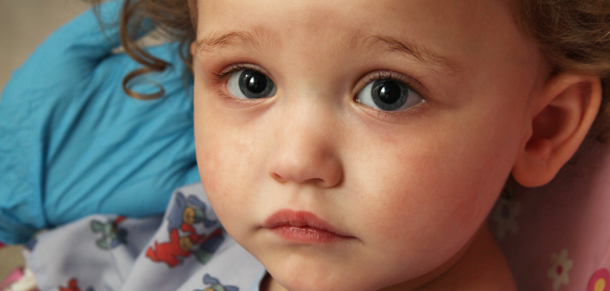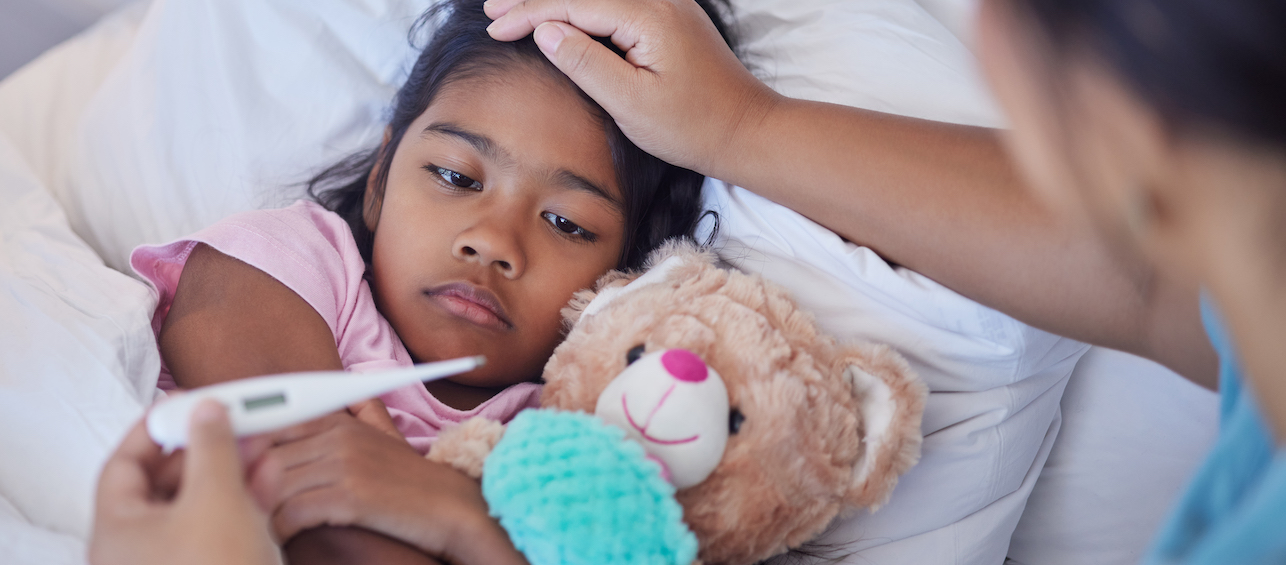Wheezing is one of those symptoms that is often confusing and worrisome for parents. And rightfully so, when you hear an unusual sound coming from your child, it can be unsettling.
What Does Wheezing Sound Like?
As the air moves in and out when your child breathes, it makes a high-pitched whistling sound. The noise sounds similar to wind blowing through a tunnel or a squeaking squeeze toy.
The pitch can be different, depending upon which part of the lung has been affected by the virus. Sometimes wheezing can be heard without any medical equipment at all, and sometimes a stethoscope is needed.
What Causes Wheezing?
Sometimes when your child contracts a cold, or upper respiratory infection, the virus can travel down into your child’s lungs. When this happens, the virus causes swelling and narrowing of the respiratory tract, from the throat to the airways.
When to Be Concerned About Wheezing
Sometimes wheezing can be managed and watched at home, and other times you should call your doctor immediately. Here are the warning signs to pay attention to, even if you can’t hear your child wheeze. Call your doctor if:
- Your child is breathing faster or harder than normal.
- Your child’s belly is moving in and out faster than normal.
- You can see the indentation of your child’s ribs or your child’s ribs moving in when breathing.
- You notice an indentation between your child’s neck and collar bone, or a tightening and definition of the muscles in the neck (a sign of distressed breathing).
- Your child is making a grunting noise when breathing.
- You child’s nostrils are flaring.
- Your child’s lips are blue.
- Your child has wheezed before but you need to give your child breathing medicine (such as a rescue inhaler or nebulized albuterol) more than every 4 hours.
- Your child has never wheezed before, and you suspect your child is wheezing or showing one of the above signs.
If you have any concerns about your child’s breathing, please contact your pediatrician immediately.






Good article! We will be linking to this great post on our website.
Keep up the good writing.